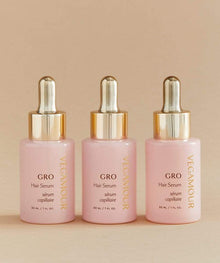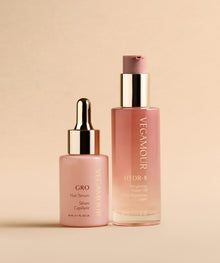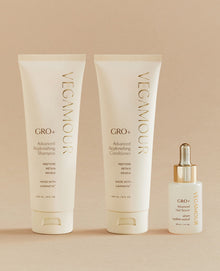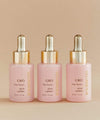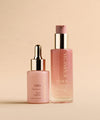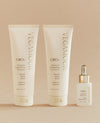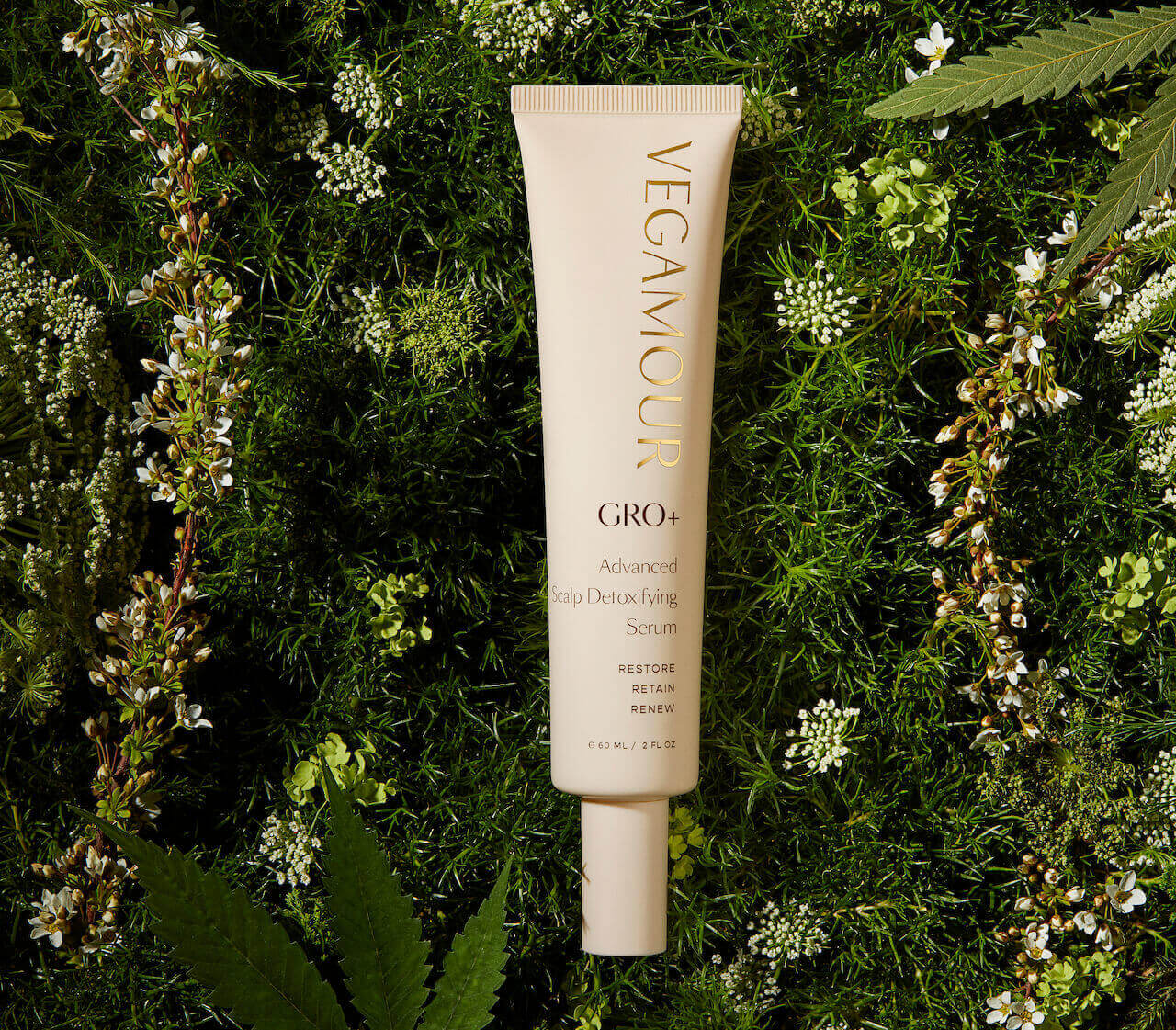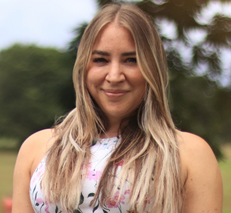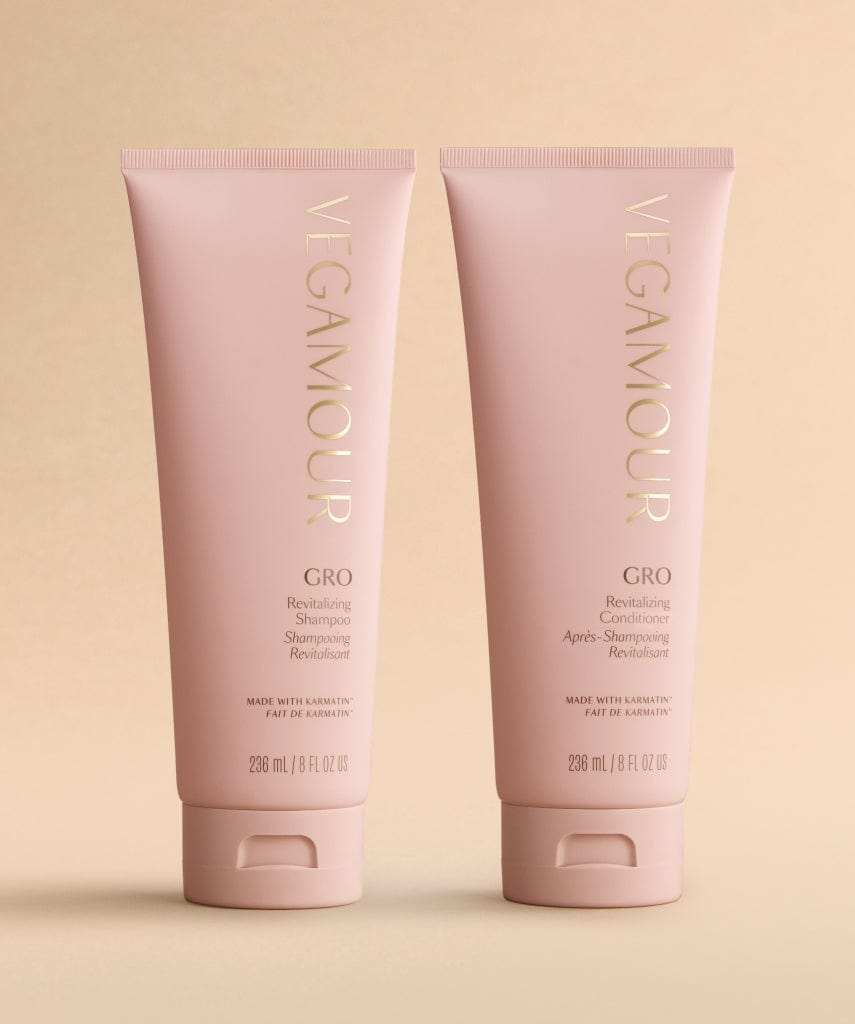Why You Should Moisturize Your Scalp — And How to Do It Right
Moisturizing your face is likely a habit, and slathering your legs with lotion might be, too — but when was the last time you moisturized the skin on your scalp? And if you are caring for your scalp, how do you know you're doing it right? With so many shampoos, oils, and products promising to transform the condition of your hair and skin, what's really going to work?
One thing's for sure, if you crave luscious locks that beam with health, it's time to consider some scalp care.
Whether your hair is dry, oily — or in between — it's not uncommon to struggle with an itchy scalp. If it's exceptional-looking hair you desire (and who doesn't?), combining a regular scalp exfoliation ritual with a moisturizing routine will help you get a healthy scalp and beautiful hair.
How to Moisturize Your Scalp
To boost your confidence and maintain your hair's wellness, we spoke to board-certified dermatologist Tsippora Shainhouse to get some expert tips.
Want to look after your hair and scalp? Follow this step-by-step routine to moisturize your scalp:
Step 1: Get To the Root of the Problem
Beautiful hair begins with a healthy, moisturized scalp, which is an often overlooked part of the body. Genetics, weather changes, and hair care products with harsh chemicals can contribute to a flaky, itchy, dry scalp. And those dreaded little white flakes? Well, they're more common than you think.
You might assume all itchy scalp woes come down to dandruff, but actually, there could be several things giving you the itch. Your dry scalp could be psoriasis, eczema, dermatitis or dandruff. Not sure what's making your scalp feel sensitive? If the problem persists, see a dermatologist to help with your hair and scalp issue.
While it's easy to think the skin on your scalp is different from the rest of your body, it's surprisingly similar to the skin you find on your face. Shainhouse explained, "The winter months can mean cold, dry wind strips your scalp of its protective natural oils. Combine that with indoor heating, and you might be sucking the moisture from your hair and scalp. To combat dryness, use a humidifier to add a moisturizing element to the ambient indoor air."
Unfortunately, we can't blame it all on the weather. Seborrheic dermatitis — aka dandruff — is caused by a yeast called Malassezia, which loves to live on skin. Thankfully, this is a very common itchy scalp complaint, and most people don't even know they have it.
What you might notice when you have dandruff is how slowly your hair grows. When the natural oils from your skin (sebum) mix with dead skin cells, your pores get clogged, which can stunt your hair's growth. To encourage beautiful hair growth and help moisturize your scalp, include a moisturizing hair mask in your routine. This will help soothe scalp irritation and strengthen your strands. A dry scalp will affect how glossy your hair looks, and impact your hair's wellness.
Read: What Does a Healthy Scalp Look Like?
Step 2: Detoxify With a Scalp Serum
From bouncy curls to a poker-straight vibe, trying new hairstyles can elevate your look. Unfortunately, many drugstore products contain ingredients that dry out your skin and ruin your hair's wellness. Dry hair can lead to tangles, which is nothing but a hair-care nuisance!
If you're wondering how to moisturize your scalp and keep your look fresh, you might want to introduce the GRO Scalp Detoxifying Serum into your routine. A perfect pre-wash scalp treatment, this formula contains a proprietary vegan silk protein that eases the feel of a dry scalp. It also helps clarify persistent product buildup and forms a semipermeable barrier that locks in healthy moisture. To apply, part dry hair into sections and massage the scalp serum into the scalp for a couple of minutes. Leave to settle for up to 10 minutes, and rinse before you shampoo and condition. Use once a week to start seeing results.
Find Out: The Best Hair Serum for Thinning Hair
Step 3: Shampoo and Condition With Care

Nothing feels better than clean hair. Unfortunately, if your hair squeaks when it's clean, you could be experiencing some dry scalp issues. The best thing you can do is look for a shampoo without sulfates. A sulfate is a harsh detergent that will strip your hair of its natural oils and give you that squeaky-clean feeling. Sulfates are actually astringents, and you'll find them in most of your household cleaning products — kinda scary! If you're experiencing dryness, it's probably time to treat your hair to some innovative holistic treatments.
To moisturize your scalp and take care of your tresses, you need a shampoo and conditioner that drenches your hair in goodness. Too much water will dry your locks out, so avoid washing daily — especially if you live in a hard water area and don't have a showerhead filter. Washing your hair with hard water can create a buildup of calcium.
To make sure your hair and scalp stay healthy, use clinically proven products that optimize the health of your hair and scalp. Shainhouse explained, "Rub your hair conditioner into your scalp to help moisturize it. Choose a nonocclusive, non-pore clogging formulation that will protect the scalp and won't trigger acne or leave your hair flat and greasy."
Enhanced with plant-active ingredients and a vegan keratin treatment alternative, are formulated without from sulfates. Made with wild-harvested marula oil, organic murumuru butter and ximenia oil, these formulas condition and hydrate without clogging your scalp.
Learn: Why a Healthy Scalp Is So Important
Step 4: Apply a Natural Treatment
Scalp dryness can knock your confidence, especially when your hair loses its sheen and the white flakes come out to play. While astringent, chemical-laden products can ruin your hair's wellness, natural treatments can help transform your locks.
Applying a clean, luxurious, cruelty-free product like pure marula oil will moisturize and help strengthen the protective skin barrier.
To keep your scalp moisturized without getting greasy hair, make sure you balance out any oils with some natural, cleansing ingredients. Tea tree oil, witch hazel and apple cider vinegar will help restore the skin's natural pH levels. Apply once a week and gently massage with a GRO Revitalizing Scalp Massager to stimulate blood flow and clear debris away. If you're struggling with psoriasis or dermatitis, always consult with a dermatologist or trichologist before exfoliating or introducing a new scalp treatment into your routine.

Related: 5 Benefits of a Scalp Massage (Including Hair Growth!)
How To Moisturize Your Scalp With Dreads
If you're rocking dreads, you need to moisturize your scalp from the inside out. Make sure you're not struggling with any nutrient deficiencies and get your eight glasses of water a day in. Give yourself a vitamin B-12 and B6 boost by upping your fruit and vegetable intake and cutting back on salt to keep moisture levels high. Made with broad-spectrum hemp, nourishing biotin, folic acid and vitamins B-5, 6 and 12, GRO+ Advanced Gummies daily can help stimulate new cells. Vitamins A, C and E help neutralize follicle-damaging free radicals, which is essential for the health of your locs.
Dreads can exacerbate a dry scalp and make your head feel itchy. This quick and easy method will help moisturize a scalp with locs:
- Liberally spritz your scalp with water from a spray bottle.
- Apply a nourishing (jojoba, coconut or marula) oil to the scalp and massage with your fingertips.
- Pump up the moisture by applying a hydrating leave-in conditioner treatment.
Moisturize Like You Mean It
A lack of moisture can cause your scalp and hair to dry out and become irritated. Sometimes your scalp or hair may even hurt. But with a nourishing routine and some hair wellness products, your sensitive, flaky scalp will feel soothed, and your strands will sport an enviable sheen — you gotta love that.
More From VEGAMOUR
- I Tried CBD Hair Serum — Here's What Happened
- How to Exfoliate Your Scalp
- What Is a Trichologist? 6 Times You Should See One
- How to Detox Your Scalp (And 6 Signs It's Time)
Photo credit: Sora Shimazaki/Pexels

